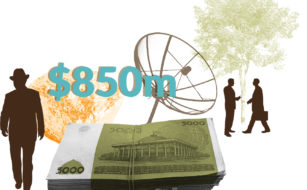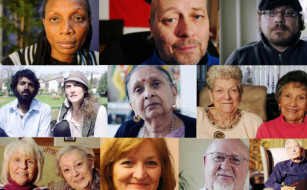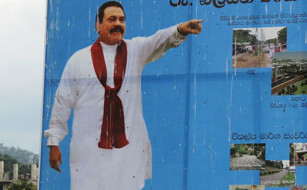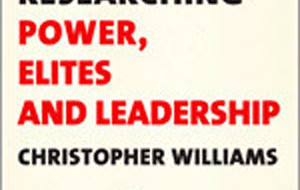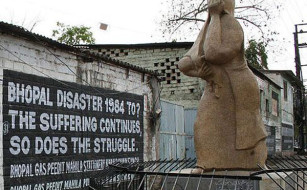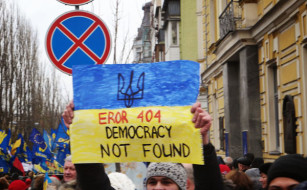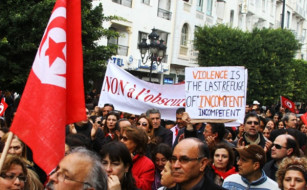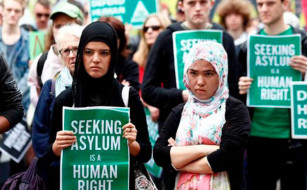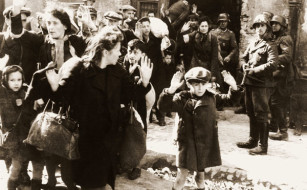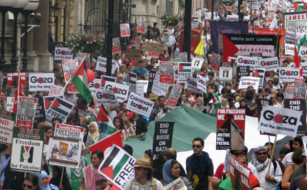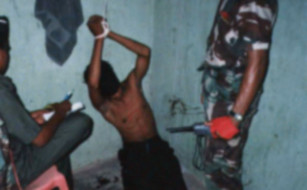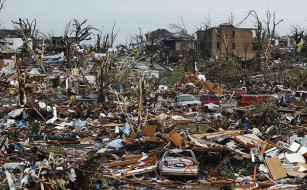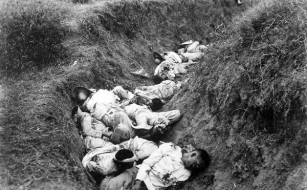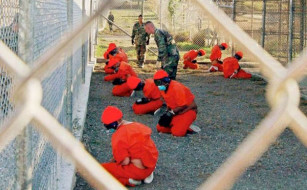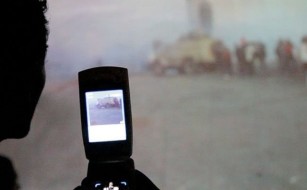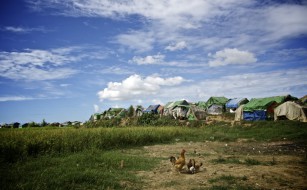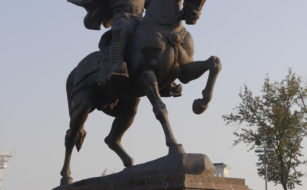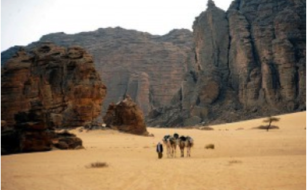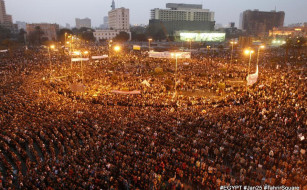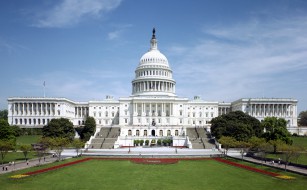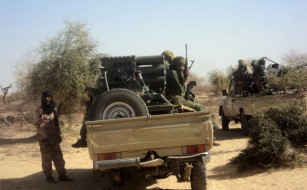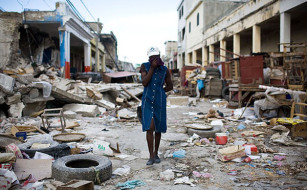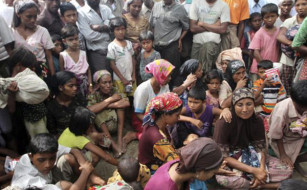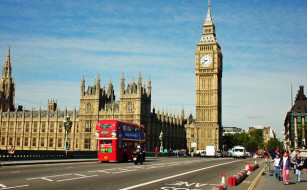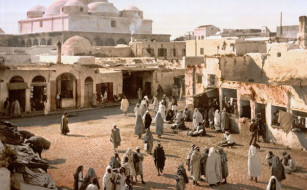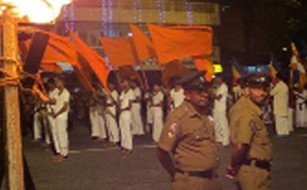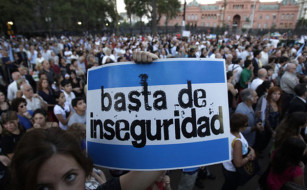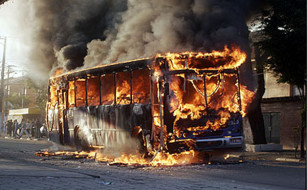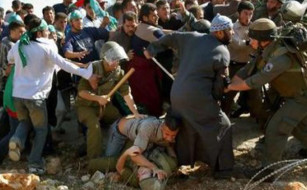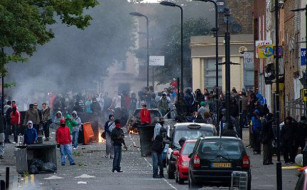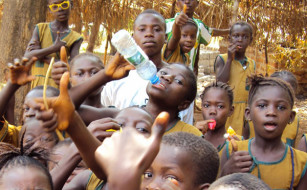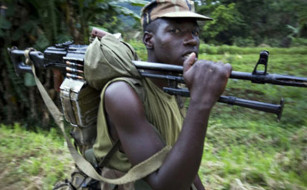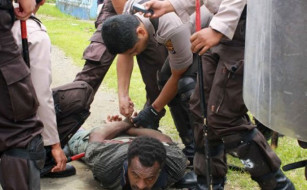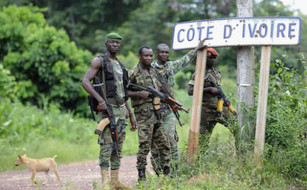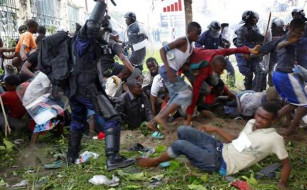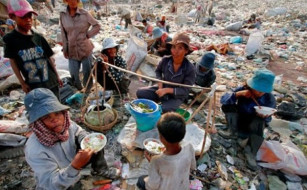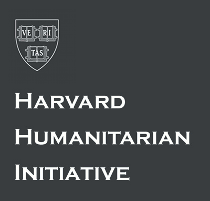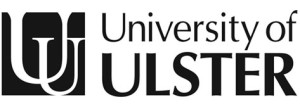Introducing State Crime in Argentina
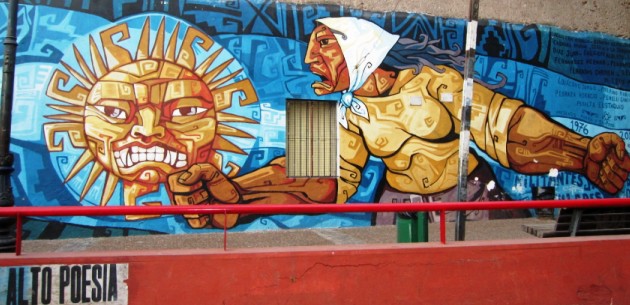
The case of Argentina is particularly interesting in the study of state criminality for at least two reasons. On the one hand, it offers a typical example of state terror, as witnessed under the military government between 1976 and 1983, which claimed 30,000 lives—allegedly with U.S., French and Church support. The terror exercised by the junta combined very specific elements, such as the use of an inclusive definition of subversion, the proliferation of arbitrariness, the application of a bifurcated torture strategy (individual but general/secret but public), and government denial followed by techniques of neutralisation. On the other hand, it demonstrates the relationship between state terror and civil society resistance; Argentinians began resisting repression 30 years ago and are still fighting today for truth, accountability and justice.
Following the success of the Cuban revolution of 1959, several armed left-wing groups emerged in Argentina during the 1960s. By 1973, Argentina’s economy had collapsed and the perception of the military was that social and political movements would threaten to take over the country and create a ‘second Cuba.’ The idea of the military leadership was to make the ever-popular Peron—whose election in 1946 brought expanded economic and social rights to the working class—return to the public arena in order to found a new radical social movement and thus tarnish his own reputation; in other words, Peronism would be removed thanks to Peron himself. Consequently, on 23 September 1973, the former populist leader was re-elected despite nearly twenty years in exile.
As predicted, even Peron was unable to please everybody and, only a few days after the elections, José Ignacio Rucci, the secretary general of Argentina’s largest labour union—Confederación General del Trabajo—was murdered, allegedly by members of a left-wing Peronist guerrilla group. With political violence on the rise, Peron ordered his social welfare minister, José López Rega, to eliminate left-wing militants. López Rega found himself obliged to transform the Alianza Anticomunista Argentina—‘Argentine Anticommunist Alliance’; an organisation initially associated with the right-wing Peronists, usually known as the ‘Triple A’—into a death squad and to enlist members of the security forces. But Peron died suddenly in July 1974 and his third wife, Isabel, assumed power with López Rega, her de facto prime minister. This was only to increase the atmosphere of violence and uncertainty. To restore the country to order, junta commander General Videla overthrew the failing Peronist government, marking yet another military intervention in Argentinian politics. On 24 March 1976, the powerful armed forces installed their dictatorship, launched the ‘National Reorganisation Process’—Proceso de Reorganización Nacional—and initiated a phase of anti-insurgent warfare known as the ‘Dirty War’—Guerra Sucia—that would last until 1983.
Although Argentina had long been marked by the presence of armed forces in political life, through coups d’état, dictatorships and exceptional regimes, the military government that settled itself between 1976 and 1983, allegedly with U.S., French and Church support, exhibited new features that were distinct from those of prior authoritarian regimes. During this period, Argentine soldiers kidnapped, tortured, and murdered between 15,000 and 30,000 people, according to human rights organisations. Most of these victims were non-combatant; however, subversion was specified as ‘inclusive’: leaders of the traditional political parties, trade unions, student organisations, as well as prominent intellectual, artistic, cultural and media figures were also targeted, since their words or actions were perceived as defending and extending legitimacy to the armed left.
The threat of capture, torture, imprisonment or death was, however, not enough to dissuade movements within Argentine civil society in mobilising opposition to military dictatorship. The most salient of such movements was probably that of the Madres y Abuelas de la Plaza de Mayo which came into existence in April 1977, after 14 mothers met to exchange information about their ‘disappeared’ children while parading around the central pyramid of the square. Although their marches initially had a limited and very personal objective, they were the first demonstrations that denounced disappearances in Argentina and, eventually, helped in bringing down the repressive government.
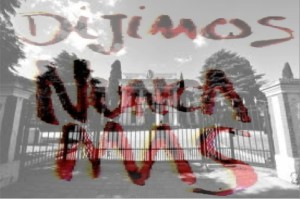 In 1982, the Argentine military, in an effort to restore its power and legitimacy, attempted to seize the Falkland Islands—Islas Malvinas—but was soundly defeated by Britain. Charged with cowardice, dishonesty and incompetence, the junta further lost its grip on the country and the ‘Dirty War’ came to a close. On 30 October 1983, the state of siege was lifted and democratic elections were held, marking the return of civilian rule. President Raúl Alfonsín took office on 10 December 1983 and began trying to bring about truth and justice for the victims of the dictatorship. As a result, the National Commission on the Disappearance of Persons—Comisión Nacional sobre la Desaparición de Personas—was set up to ‘clarify the tragic events in which thousands of people disappeared’.[1] The CONADEP report, Nunca Más—‘Never Again’—concluded that the human rights violations perpetrated by the military government were the result of ‘state terrorism’, since the Argentine armed forces had ‘absolute control of the resources of the state’.[2]
In 1982, the Argentine military, in an effort to restore its power and legitimacy, attempted to seize the Falkland Islands—Islas Malvinas—but was soundly defeated by Britain. Charged with cowardice, dishonesty and incompetence, the junta further lost its grip on the country and the ‘Dirty War’ came to a close. On 30 October 1983, the state of siege was lifted and democratic elections were held, marking the return of civilian rule. President Raúl Alfonsín took office on 10 December 1983 and began trying to bring about truth and justice for the victims of the dictatorship. As a result, the National Commission on the Disappearance of Persons—Comisión Nacional sobre la Desaparición de Personas—was set up to ‘clarify the tragic events in which thousands of people disappeared’.[1] The CONADEP report, Nunca Más—‘Never Again’—concluded that the human rights violations perpetrated by the military government were the result of ‘state terrorism’, since the Argentine armed forces had ‘absolute control of the resources of the state’.[2]
Consequently, in 1985, members of the military began to be brought to trial and sentenced to imprisonment. However, the need for accountability was frustrated when Alfonsín’s Government—under threat of a new military coup d’état—enacted the 1986 Ley de Punto Final [3] and the 1987 Ley de Obediencia Debida,[4] both of which afforded immunity to members of the former regime. Furthermore, two years later, President Carlos Menem, who felt that the support of the military would benefit his party as well as the country, granted a pardon to already convicted or still indicted members of the junta. But Argentine civil society refused to turn its back on the search for truth and justice. The Madres y Abuelas de la Plaza de Mayo continued, and still continue, to seek clarification of the fate and whereabouts of the disappeared, whereas other organisations like H.I.J.O.S. have denounced former military officers by exposing them as torturers and killers to neighbours and community, using slogans such as ‘If there is no Justice, there is Outing’—Si no hay Justicia, hay Escraches.
Following such movements, then-governor of Santa Cruz province Nestor Kirchner garnered local and international support by promoting the annulment of the Full Stop and Due Obedience Laws, contributing to his presidential election victory in 2003. In 2005, Argentina’s Supreme Court confirmed that these laws were unconstitutional and overturned amnesties for the military, paving the way for prosecutions to resume. In November 2011, an Argentine federal court sentenced 12 former military officers to life in prison for crimes against humanity carried out at one of Latin America’s most notorious torture-centers, the Naval Superior School of Mechanics—Escuela Superior de Mecánica de la Armada. While this number of convictions remains few given that more than 5,000 people were disappeared at the ESMA, such trials are a reminder to members of the military that impunity will not prevail, and act as an encouragement to people speaking out against state crimes.
Today many Argentines are as concerned with contemporary crimes of the state as they are with dealing with the legacy of the ‘Dirty War’ and its social stigma: the death of 26 people during the 2001 riots following President Fernando de la Rúa’s declaration of a state of siege, the extrajudicial killing by the police of social activist Darío Santillán in 2002, the forced disappearance of teenager Luciano Arruga following his arrest by police in 2009, or the assassination of 25-year-old farmer Cristian Ferreyra in 2011 following the violent displacement of small farmers resulting from the expansion of the country’s genetically modified soy production model that has spurred the nation’s economic recovery, have all engendered significant protests. There is also some evidence to suggest that violent repercussions against survivors of the ‘Dirty War’ and witnesses participating in human rights trials may be taking place (see, e.g., the forced disappearance of Julio Lopez in 2006 and the murder of Silvia Suppo in 2010).[5]
Much has already been achieved in confronting the crimes of Argentina’s military dictatorship, but many of the secret files and information held in military archives have yet to be released. These documents are needed in order to understand the causes and scope of the horror that took place under the junta.
The case of Argentina teaches us that for state crime to come to an end and for the slogan Nunca Más to become a reality, civil society must be cognisant that even under democratic rule crimes of the state occur. Since it is the most significant force in thwarting state criminality, civil society must keep on resisting and, undeniably, Argentinians make it their duty to do so.
[1] Comisión Nacional sobre la Desaparición de Personas (CONADEP) [1984] (2006) Nunca Más, 8th Edition, Buenos Aires: Eudeba, p. 8.
[2] Ibid., p. 479.
[3] The Full Stop Law No 23,492 of December 12, 1986 stopped prosecution of such cases.
[4] The Due Obedience Law No 23,521 of June 4, 1987 granted immunity in such cases to all members of the military except those in positions of command.
[5] See articles available on the Hijos por la Identidad y la Justicia contra el Olvido y el Silencio (H.I.J.O.S.)’s (http://hijos-capital.org.ar/) and the Centro de Estudios Legales y Sociales (CELS)’s (http://www.cels.org.ar/home/index.php) websites.


